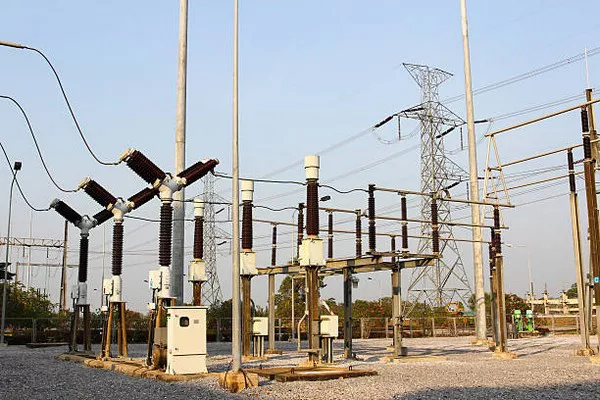Transformers play a pivotal role in the realm of electrical engineering, facilitating the efficient transfer of energy between circuits. Traditionally, transformers have been associated with alternating current (AC) systems due to their ability to alter voltage levels through electromagnetic induction. However, the question arises: can transformers work on a direct current (DC) power supply? In this article, we delve into the intricacies of transformer operation and explore the feasibility and challenges of employing transformers with a DC power source.
Understanding Transformer Basics:
Transformers operate based on the principle of electromagnetic induction, which involves the interaction between magnetic fields and conductive coils. In a typical transformer, there are two coils – a primary coil and a secondary coil – wound around a shared magnetic core. When an alternating current flows through the primary coil, it generates a changing magnetic field in the core, inducing a voltage in the secondary coil. This voltage can be either stepped up or stepped down depending on the ratio of the number of turns in the coils.
DC Power and Transformer Operation:
The fundamental challenge with using transformers in conjunction with DC power lies in the nature of direct current. Unlike AC, DC produces a constant flow of electric charge in a single direction, resulting in a steady magnetic field in the transformer’s core. Traditional transformers are designed to work with changing magnetic fields, making them ill-suited for DC operation.
When a DC voltage is applied to the primary coil of a transformer, it creates a magnetic field in the core. However, since DC does not exhibit the oscillating behavior of AC, the magnetic field remains constant. As a result, there is no induction of voltage in the secondary coil, rendering the transformer ineffective in altering voltage levels.
DC Transformer Challenges:
While the basic principles of electromagnetic induction remain unchanged, adapting transformers for DC operation poses several challenges:
Lack of Induced Voltage: The absence of alternating current in a DC power supply leads to a static magnetic field in the transformer’s core, preventing the induction of voltage in the secondary coil. This limitation hinders the transformer’s ability to step up or step down the voltage.
Saturation and Core Losses: Transformers are designed to operate with alternating magnetic fields, and the continuous exposure to a DC field can lead to core saturation. Saturation causes an increase in core losses and reduces the transformer’s efficiency.
Copper Losses: In a DC system, the transformer’s primary winding experiences continuous current flow, resulting in higher copper losses compared to AC operation. This increased resistance generates heat and diminishes overall efficiency.
DC Transformer Solutions:
Despite the challenges associated with using transformers on a DC power supply, engineers have developed solutions to make transformer operation viable in DC systems:
Pulse Transformers: One approach involves converting DC to a series of pulses using electronic circuits such as choppers or inverters. Pulse transformers can then be employed to transfer the pulsed DC, effectively mimicking an AC waveform and allowing for transformer operation.
Rotary Converters: Another solution is the use of rotary converters, which mechanically convert DC power into AC power before entering the transformer. This method introduces the necessary alternating current to enable the transformer to function as intended.
DC-DC Converters: Modern power electronics have given rise to efficient DC-DC converters that can step up or step down DC voltages without the need for traditional transformers. These converters use semiconductor devices to switch and control the DC input, providing a practical alternative in many applications.
See Also What Size Generator To Run Air Conditioner? A Comprehensive Guide
Conclusion:
While transformers are inherently designed for AC systems, innovative solutions have emerged to make them compatible with DC power supplies. Engineers and researchers continue to explore ways to overcome the challenges associated with using transformers in DC environments, driven by the growing demand for energy-efficient solutions in various industries. As technology advances, the integration of transformers into DC systems may become more prevalent, unlocking new possibilities for energy transfer and distribution.

